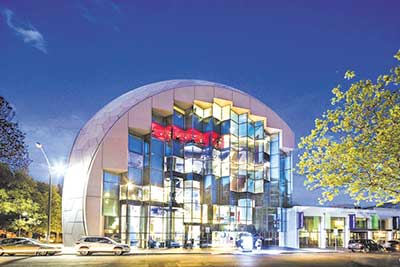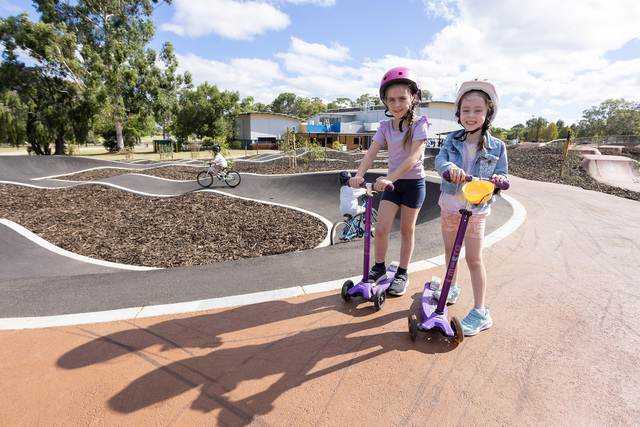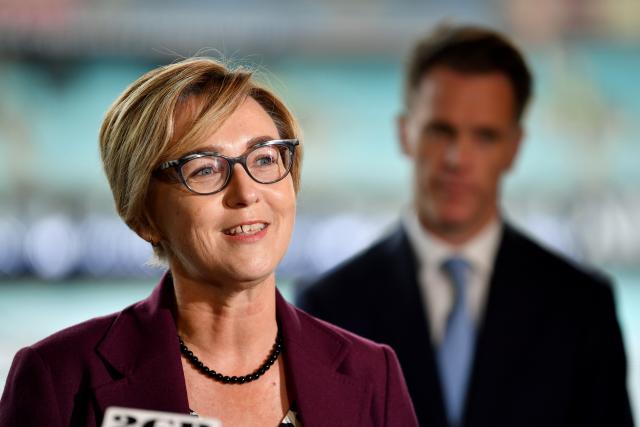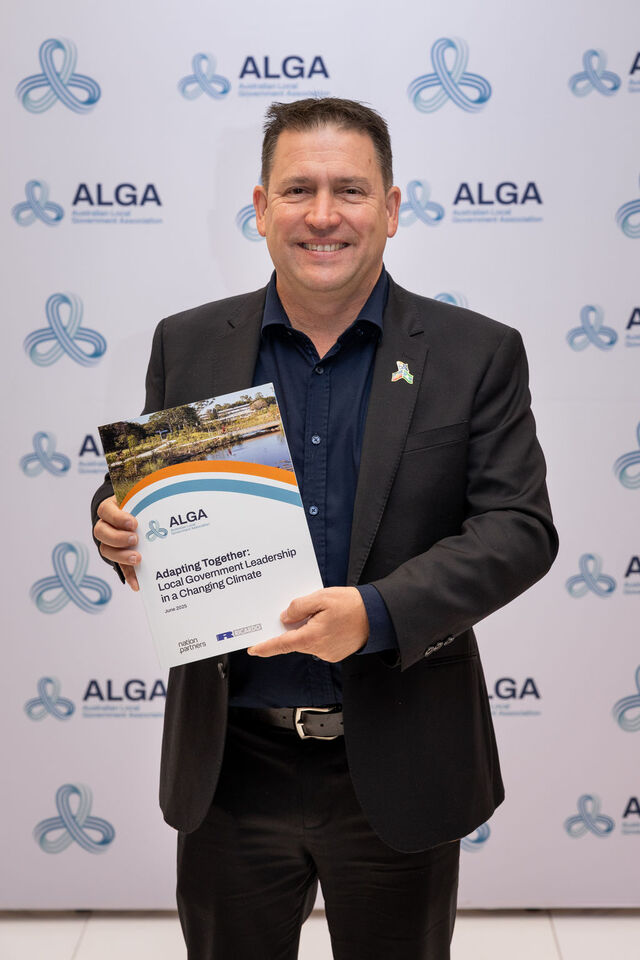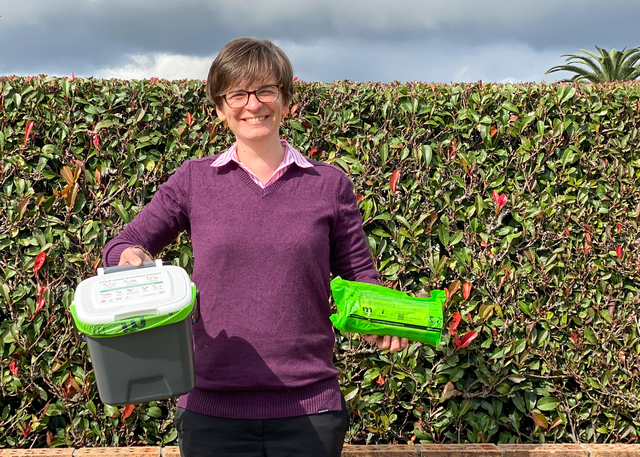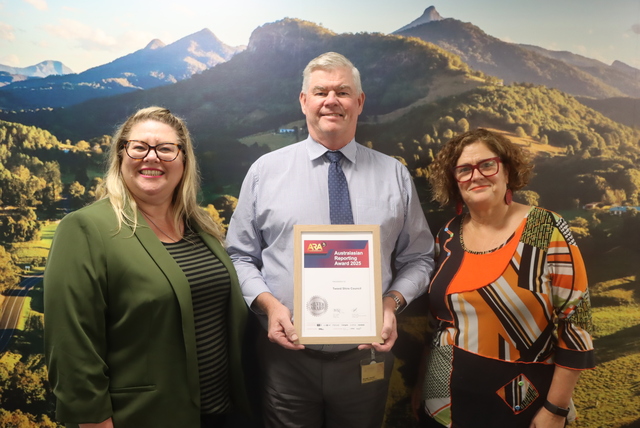Despite funding challenges, Australian libraries are staying relevant in the digital age — and the world is taking notice.
In central Geelong — the regional port city southwest of Melbourne — a strange building looms out of the ground. Known affectionately as ‘the Dome’, The Geelong Library and Heritage Centre vaguely resembles a giant, futuristic golf ball.
Despite its contemporary façade, the five-storey building was actually inspired by classical examples, said Patti Manolis, Chief Executive Officer of the Geelong Regional Library Corporation.
“It’s classically inspired – it’s been inspired by the reading rooms that you find around the world, including our own State Library of Victoria, but with a modern architectural twist.”
Opened to the public in November last year, the $45 million project was jointly funded by Federal, State and Local Government contributions.
Some of the building’s key draw cards include a dedicated children’s and youth level, super fast internet speeds, maker-spaces with 3D printers, green screens and virtual reality technology, and a multi-purpose events space that looks out across Corio Bay. Staff members have moved away from traditional desks and instead roam around the library to help visitors on the floor.
Library usage has soared since the new building opened – outstripping the previous library three-fold. The Heritage Centre – “an entire floor that’s dedicated to Geelong’s memory” – was previously separate to the library, but since integration, it has recorded the equivalent of ten years’ worth of visits in just seven months.
In June, the Dome was announced on the shortlist for this year’s Systematic International Public Library of the Year Award — the top accolade for architecture and design of recently constructed libraries.
The prize is awarded by the Danish Agency for Culture in partnership with the International Federation of Library Associations and Institutions (IFLA) and IT Firm, Systematic.
Joining Geelong on the coveted list is the Dokk1 library in Aarhus, Denmark, the Chicago Public Library in the U.S., and another Australian library — Success Public Library in the City of Cockburn, Western Australia.
Sue McKerracher, Chief Executive Officer of Australian Library and Information Association (ALIA), said Australian libraries have a remarkable track record in the award.
“Craigeburn won it in 2014, the Library at The Dock in Melbourne was shortlisted for it last year and we’ve got Geelong and Success libraries nominated this year — it’s amazing that Australian libraries are in the shortlist each time. We perform well on a world level for public libraries.”
Ms McKerracher said community enthusiasm and local government support are key factors in the success of Australia’s libraries.
“More than a third of the population of Australia — more than eight million people — are members of public libraries, which means they not only use them, they’ve signed up for a membership card, and that’s a huge proportion of the population.”
In total, Australian libraries clock up over a 110 million visits a year, said Ms McKerracher.
Books remain at the core of libraries’ offerings, but traditional programming has expanded significantly; language programs, small business workshops and coding tutorials are now commonplace initiatives.
Despite this high community usage, funding is an ongoing concern – particularly the practice of cost shifting from other levels of government.
“Historically, states have put in as much as half the funding for public libraries and over the years that’s been eroded.”
Somewhat counter-intuitively, digital advancement is pushing more people into libraries, but local governments aren’t being afforded the support they need.
“Because the government has this drive to digital transformation, actually that is driving more people into libraries where they know they can find help,” said Ms Mckerracher. “But we’re not getting the support from the government departments to actually fund us delivering that help.
“For example, the Australian Tax Office is looking at a digital-by-default approach to delivering services, which means that we are getting people coming into libraries asking for help with their tax affairs.”
Australia’s other potential world’s best library, Success Public Library, is in the suburbs of Greater Perth, in the City of Cockburn. The library is notable for its sustainable design and its integration into a large community and health hub.
Other tenants in the building include a medical centre, Curtin University of Technology, a Centrelink Office, plus a range of specialist health services and not-for-profit organisations.
“It has diversified the role of the library from a traditional lending model to that of a hub for lifelong learning and community wellbeing,” said Cockburn Mayor Logan Howlett.
Despite its global recognition, the Western Australian library service recently underwent significant cuts. It was announced in February that $1.7million was to be lifted from the State’s library stock budget.
“The $1.7m cuts to the stock budget for public libraries have targeted funding for physical books, as the government looks to the future in e-books,” explained Mayor Howlett.
The mayor said this is illogical as e-books made up only three percent of all loans for 2015 at Cockburn libraries.
State funding for an inter-library courier service was also planned to be withdrawn, however the decision was so unpopular with the public that it has now been resumed.
“Following the community uproar that followed the axing of the service, the State Library has resumed its inter-library loan courier service,” said Mayor Howlett.
“The service has been reduced from five to two days a week, so items requested from other libraries will take longer to come in than before. The State Government’s funding cuts still stand, though.”
As these funding tensions play out, Cockburn and Geelong wait to hear the results of the Systematic International Public Library of the Year award. The winner will be announced on 15 August at the IFLA World Library and Information Congress in Columbus, Ohio.

